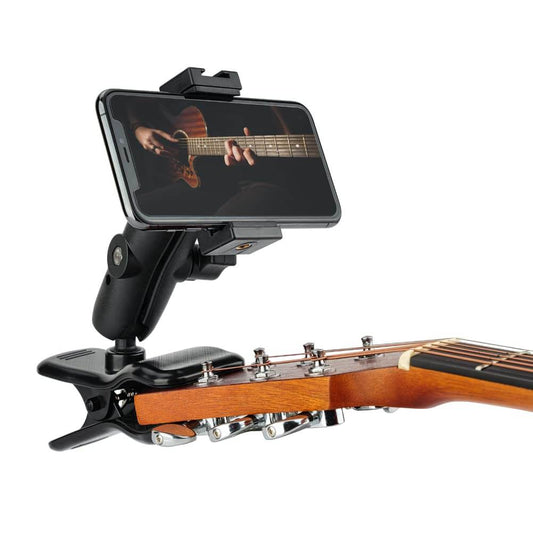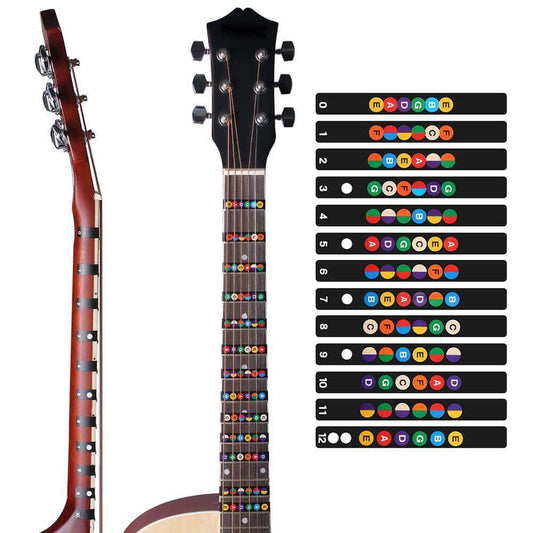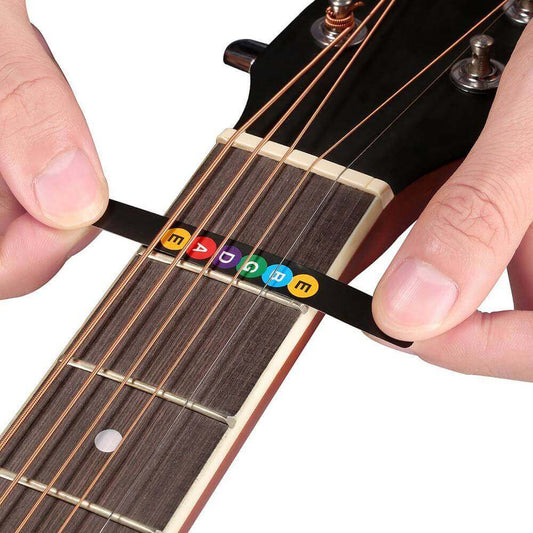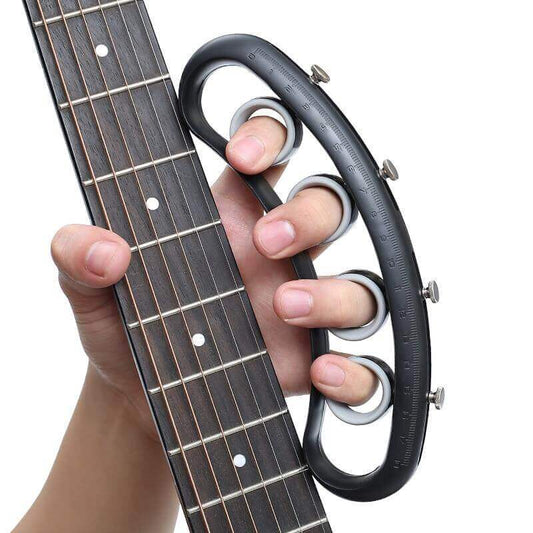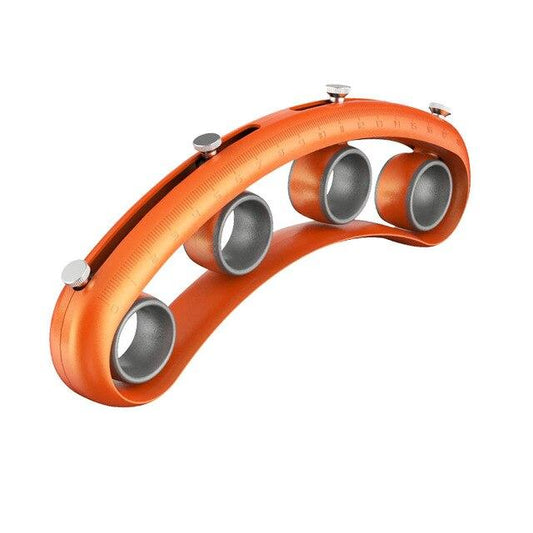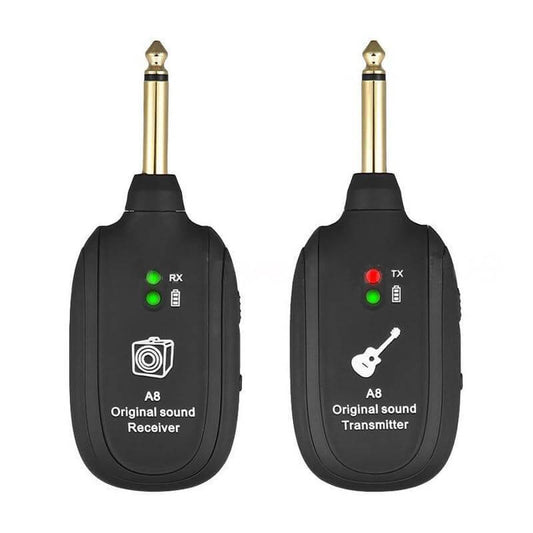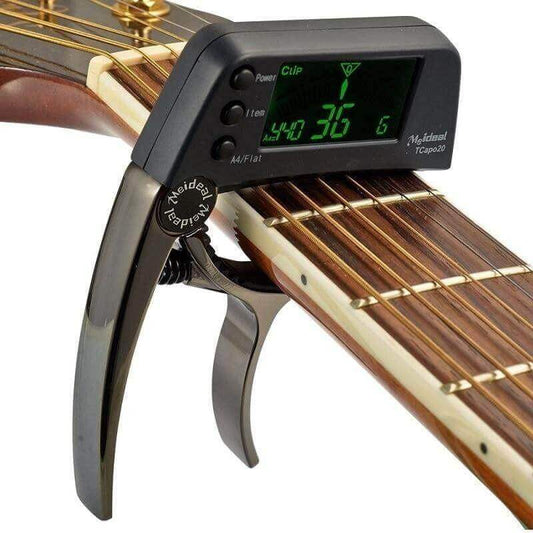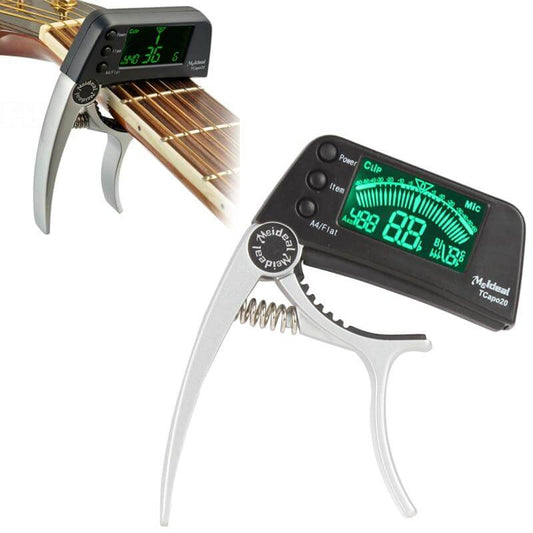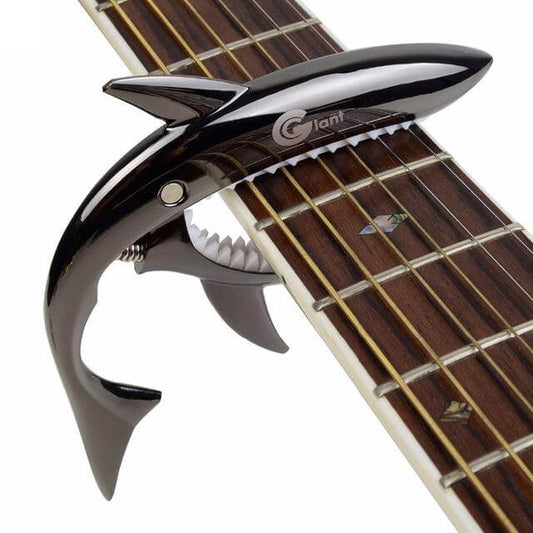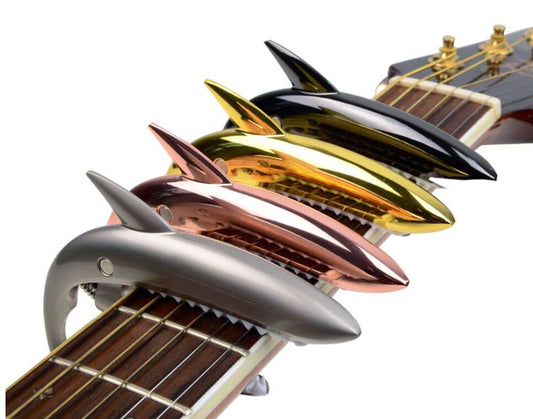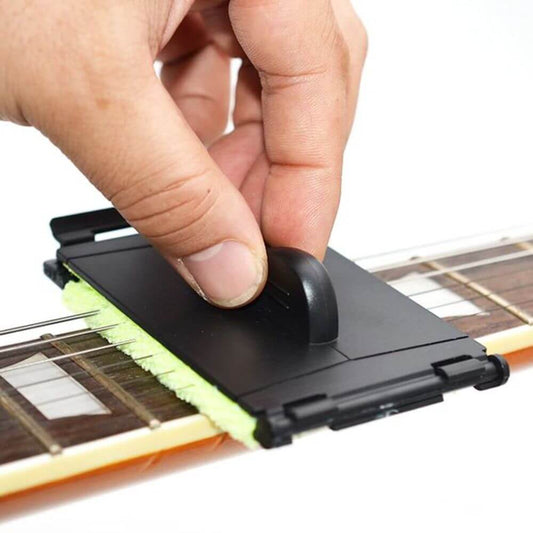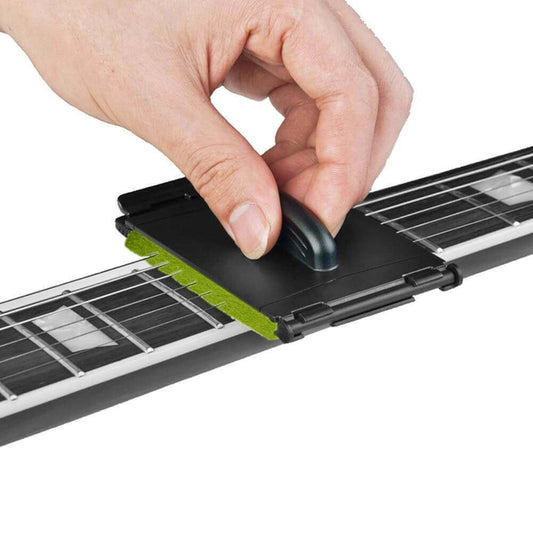The classical guitar may seem like a difficult instrument to learn at first, but with the right tools and some patience, you'll be playing like a pro in no time!
In this blog post, we'll go over the basics of playing classical guitar for beginners and provide some helpful tips and resources.
So whether you're a novice or just looking for classical guitar lessons to brush up on your skills, keep reading for all the necessary information. Enjoy!
What are Classical Guitars?

The classical guitar is a string instrument with a long history. It is typically played by classical guitarists, who perform classical guitar music. The classical guitar has a wide range of tones and timbres and can produce various sounds. It is a versatile instrument used for solo or ensemble playing.
The classical guitar is also popular for students who like playing guitar. The classical guitar is usually played with the fingers rather than strumming it with a pick. The classical guitar has a rich history and traditions and is an important part of the classical music tradition.
Why Learn Classical Guitar?

While learning classical music can undoubtedly enhance your performance and musical understanding, it is in no way necessary if you want to become a professional musician. Consider The Beatles as an example.
Even though none of them had any musical training beforehand, they were nevertheless able to create some incredibly memorable songs that would have a persisting impact on the music business by just playing classical guitar.
5 Ways How to Play Classical Guitar

Classical guitar playing is becoming more popular. A lot of people are interested in learning how to play this type of guitar. Here are five tips on how to play classical guitar for beginners:
1) Use a Nylon String Guitar

For starters, it is better to use a nylon string guitar than a steel string acoustic guitar. This type of guitar is specifically designed for classical music. It has a softer sound which is perfect for this genre of music.
It is also easier on the fingers because the strings are made of nylon instead of steel.
2) Learn the Proper Technique

The second tip is to learn the proper technique. This includes posture, hand position, and how to hold the pick. Proper technique is essential for sounding good and avoiding injuries.
3) Start with Easy Songs

The third tip is to start with easy songs. Don't tackle difficult pieces right away. Start with simple songs with only a few chords. As you get better, you can move on to more challenging pieces.
4.) Use a Metronome

The fourth tip is to use a metronome. This will help you keep a steady tempo while you are playing. It is also the best way to practice your timing and rhythm.
5) Listen to Classical Guitar Music

The fifth and final tip is to listen to classical guitar music. You'll learn more about the genre and your preferred music styles. As you listen, pay attention to the musicians' techniques. You can then try to incorporate these techniques into your playing.
Sometimes you’ll want to give up the guitar. You’ll hate the guitar. But if you stick with it, you’re gonna be rewarded –Jimi Hendrix
Check out our No.1 recommendation for learning guitar here.
Essential Tools For Classical Guitar
You'll probably need a few tools to get started on classical guitar in learning classical guitar. But if you don't have any, don't give up hope! You can still play whatever you can, and once you have the tools, you can adjust to them.
1) Footstool

This lets you properly place your hand and wrist when playing along the neck. The footstool isn't necessarily on your lap; instead, it's resting on one elevated thigh (of the foot that is resting on the footstool), which changes the angle at which the guitar is held.
It also helps you improve your posture. Whether you play the guitar or not, it is a very nice habit to develop. However, it will leave you little physical tension and provide greater musical freedom and flexibility when playing your guitar.
2) Nylon Strings

The tone and general tonal qualities of classical guitar music depend on nylon strings. They aren't really necessary if you're just starting out and merely have a steel-string acoustic guitar.
Nylon strings, on the other hand, are easier on the fingers and better for beginners still getting used to playing the guitar. They also give the instrument a deep, warm, mellow sound, unlike steel string guitar, which has sterner guitar strings and a louder, more potent tone.
3) Thumb Pick

When playing guitar, whether it be classical guitar or fingerstyle guitar, thumb picks are entirely optional. They do have some advantages, one of which is volume.
If you typically use a pick when playing the guitar, whether you're picking or strumming, your instrument will sound louder. Learning how to use a Thumb Pick instead of your thumb can be challenging. It resembles playing guitar with longer nails in several ways.
4) Capo

Players use a capo, an external device connected to the guitar neck, to shorten the strings and raise the pitch (also known as transposition). A capo will let you play a particular chord progression while adjusting the pitch to fit a singer's voice in a higher register.
When playing certain notes in harmony that would be impossible without the use of this instrument, people frequently employ a capo. It's a blessing for many musicians.
5) Sheet Music

Sheet music is important in learning classical guitar for a few reasons. First, classical guitar is generally learned by notation rather than tablature. This is because the notation provides more information than tablatures, such as the timing of the notes and the duration of each note.
In addition, sheet music can be used to learn melodies and separate parts of a song, which can be difficult to do by ear.
Finally, sheet music can help classical guitarists to develop their sight-reading skills, which is essential for playing in an ensemble. While tablature can help learn some basics, classical guitarists who want to reach a higher level need to rely on sheet music.
Final Thoughts

So, there you have it. You now know how to play classical guitar for beginners! We hope this blog was helpful and that you will visit Classical Guitar Shed for free lessons to continue your learning journey. Remember, practice makes perfect!







